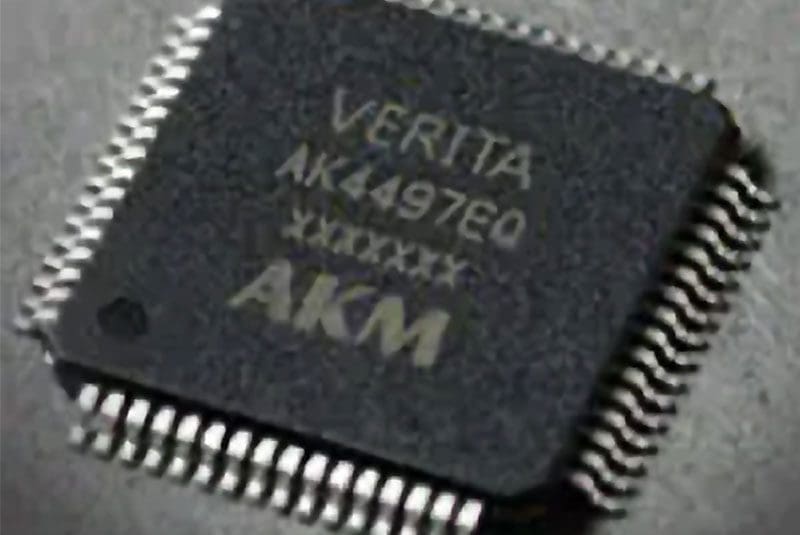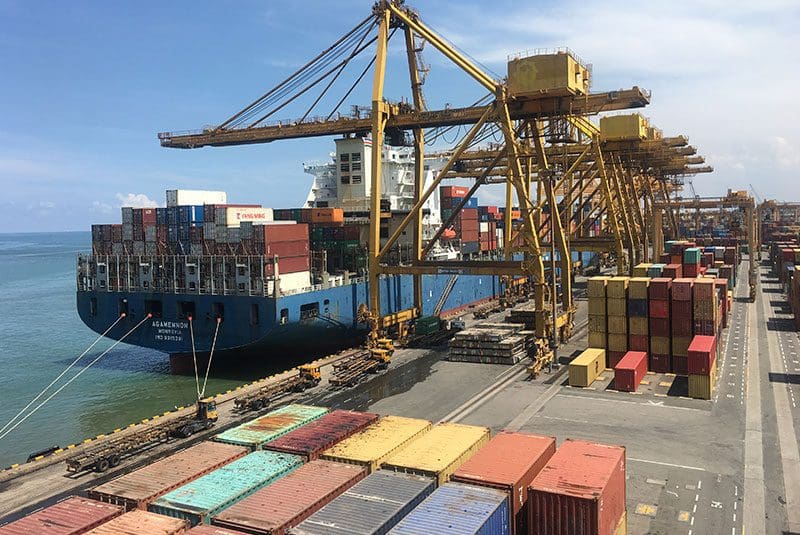It’s the spring of 2021, and for those in the mobile enhancement industry, it’s a weird time. With COVID-19 having ransacked the entirety of the vacation industry, consumers have turned to investing in their homes and cars rather than a trip to the sunny south. Car stereo shops have been busier than ever and due to some unforeseen circumstances, are running out of their A-brand products. If you wonder where all the car audio equipment went, we’ll explain.
Where Did All the Car Audio Equipment Go?
On March 11, 2020, the World Health Organization (WHO) labeled COVID-19 as a pandemic. Electronics manufacturers in Asia had already been closed for several months and, fearing a bit of a recession, car audio manufacturers and distributors in North America canceled orders for products to avoid being stuck with millions of dollars in stagnant inventory.
In April and May of 2020, car stereo stores began to re-open under strict social distancing protocols. The expectation that nobody would be buying car audio was quickly squashed as consumers realized the money they’d put aside for vacations wasn’t going to be used. Radios, speakers, amplifiers and subwoofers stated selling at a surprisingly fast rate. Companies that had canceled orders from their factories scrambled to re-order as soon as they recognized the pattern.
It typically takes three months for an order from a factory in Asia to be delivered to distributors in North America. Those factories have to order raw components like voice coils, capacitors, screen assemblies an both metal and plastic tooled parts. The products have to be assembled, run through the appropriate quality control processes, then packaged and shipped by ocean liner to North America. For the companies that assemble products in North America, the delay in getting raw components was similar. With the component supplier and manufacturing facilities already in catch-up mode, it was late summer of 2020 by the time products started flowing back onto store shelves and into consumer’s cars and trucks.

A Second and Third Kick in the Teeth
On October 21, 2020, Asahi Kasei Microdevices (AKM) experienced a serious fire at their production plant in Nobeoka, Japan. This factory was responsible for the production of digital-to-analog and analog-to-digital converters such as the popular Velvet Sound units used in many digital signal processors. The price of the remaining components in warehouses around the world shot through the roof as inventories ran dry. Manufacturers have had to redesign their solutions to use alternative components from companies like Texas Instruments.

As Billy Mays would’ve said, “But wait, there’s more!”
On March 19, 2021, Renesas Electronics, a company that manufactures microcontrollers for the automotive electronics industry, suffered a fire at their Naka plant just northeast of Tokyo. Many car radios are based on application-specific microcontrollers from Renesas. Worse, many cars and trucks use Renesas components for driver safety, dashboard display and vehicle network control applications. Now, in April, companies like Ford, General Motors and Honda have idled their vehicle production plants as parts availability has prevented them from completing vehicles. Renesas reports that they plan to have production back online by the end of May.

Round Four – FIGHT!
The final kick in the teeth involves shipping. It normally takes about three weeks for a container to travel from Asia to North America. With the huge demand for consumer products of all types, shipping companies in Malaysia, Japan and China have been running out of containers. The massive influx of products has caused bottlenecks at ports, adding further delay.
You know when you ask, “Can it get any worse?” In 2020 and 2021, the answer is yes. On March 23, the Ultra Class container ship Ever Given ran aground in the Suez Canal, blocking this vital artery between Asia and North America and Europe. At more than 1,300 feet in length and 192 feet in width, a ship of this size can’t just be put in reverse and backed out of the sandy canal bank. It took most of a week to free the roughly 440-million-pound ship and another week for the traffic jam at either end of the canal to clear. In all, this was an additional two-week delay for some orders.

What Do These Disruptions Mean for Car Audio Consumers?
Even before the fires and delivery issues, product shortages were an issue for retailers. Many companies are experiencing significant growth in purchases and simply don’t have the production bandwidth to keep up. As we roll into the spring and summer, though, there are hopes that products will become available.
In the meantime, consumers who want to upgrade their vehicle audio systems have two choices: Wait for those name brand products to return, or choose from what’s available. Many companies still have inventory of their less-popular solutions, but those items are drying up quickly. If you’ve read our buyers’ guides and done your research, you probably have a very specific solution in mind for each component of your car stereo system. It’s worth a visit to your local car stereo specialty retailer to see if they have what you want.
